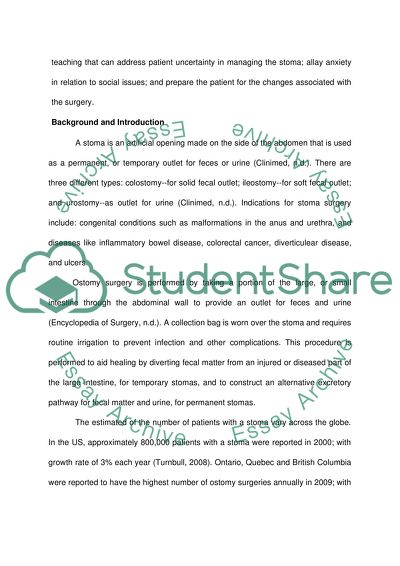Cite this document
(“A specific health care topic of interest to you --Nursing Essay”, n.d.)
Retrieved from https://studentshare.org/environmental-studies/1420748-a-specific-health-care-topic-of-interest-to-you
Retrieved from https://studentshare.org/environmental-studies/1420748-a-specific-health-care-topic-of-interest-to-you
(A Specific Health Care Topic of Interest to You --Nursing Essay)
https://studentshare.org/environmental-studies/1420748-a-specific-health-care-topic-of-interest-to-you.
https://studentshare.org/environmental-studies/1420748-a-specific-health-care-topic-of-interest-to-you.
“A Specific Health Care Topic of Interest to You --Nursing Essay”, n.d. https://studentshare.org/environmental-studies/1420748-a-specific-health-care-topic-of-interest-to-you.


